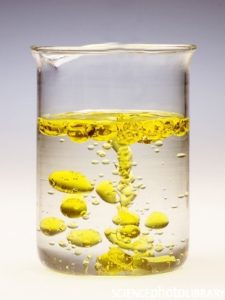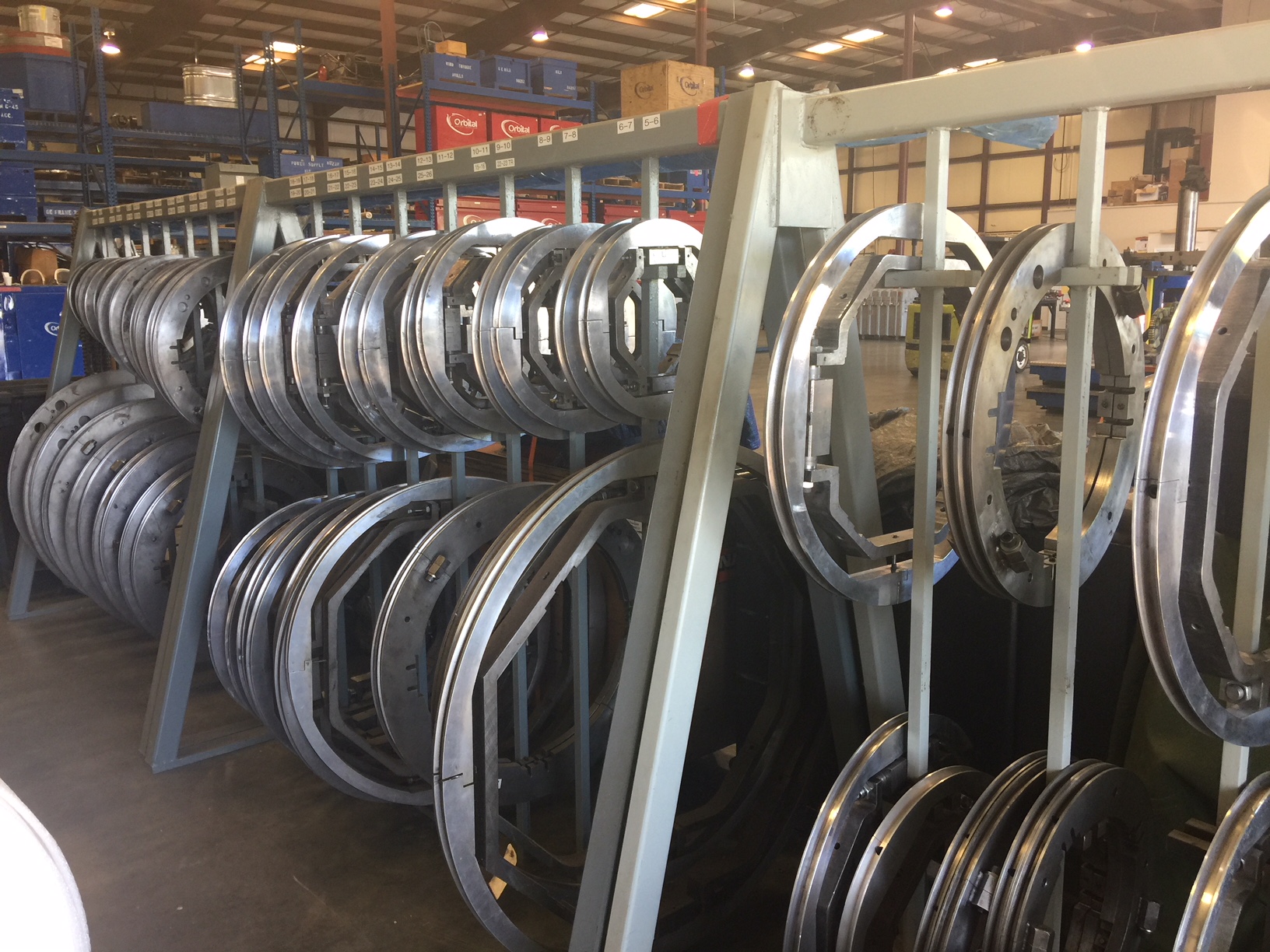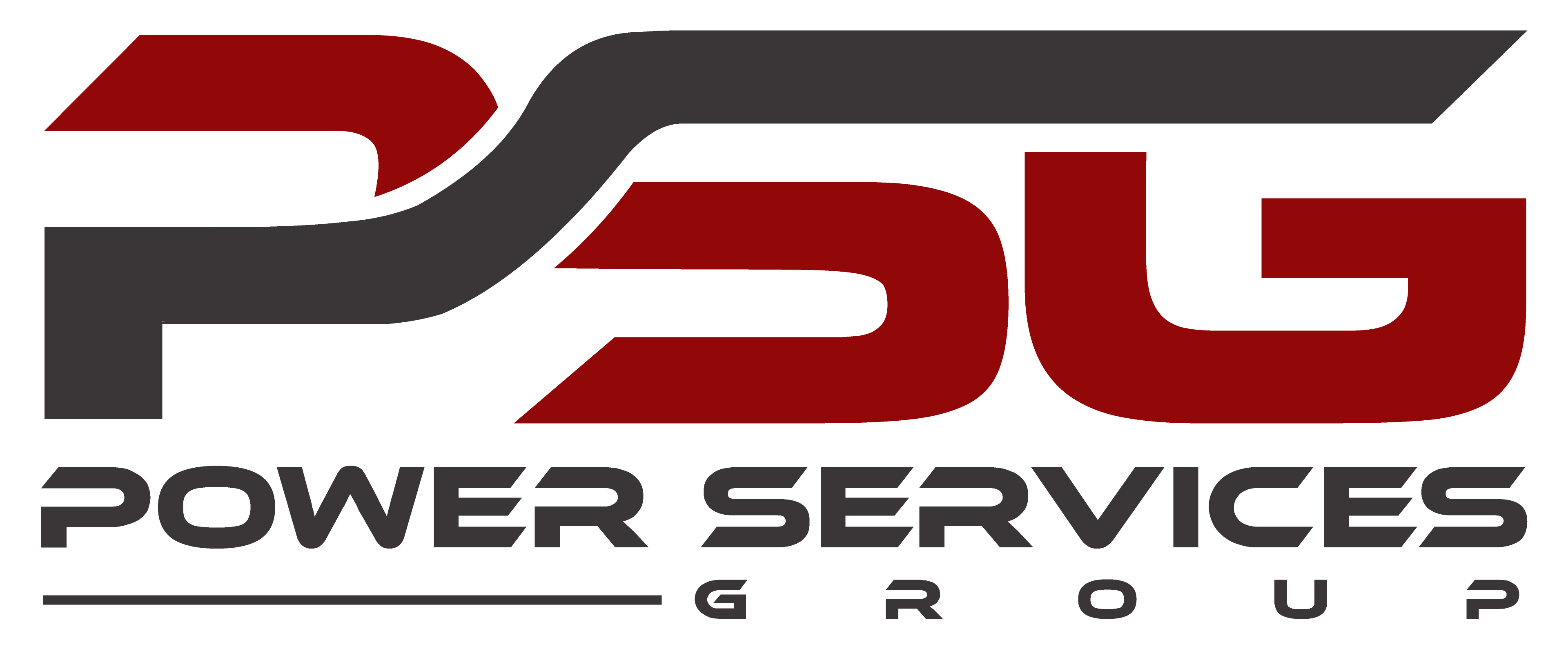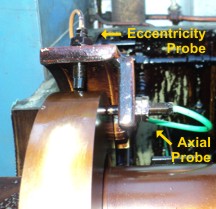 Free and emulsified water are the two most harmful conditions in a lubricating system. The incompressibility of water overrides the hydrodynamic oil film that protects bearings, leading to excessive wear. As little as one percent water in oil can reduce the life expectancy of a journal bearing by as much as 90 percent.
Free and emulsified water are the two most harmful conditions in a lubricating system. The incompressibility of water overrides the hydrodynamic oil film that protects bearings, leading to excessive wear. As little as one percent water in oil can reduce the life expectancy of a journal bearing by as much as 90 percent.
Water will also degrade the life of your lubricant. Moisture contamination can promote the oxidation of the oil by up to 10 times, breaking down the hydrocarbon chains and decreasing the lubricating properties.
Oils containing some types of additives are even more vulnerable to water contamination. Sulfurous AW and EP type additives and phenolic antioxidants are readily broken down by water. This not only destroys their usefulness, but the destruction forms acids which can corrode soft metals such as Babbitt, bronze and brass. The copper, lead, and tin released from this corrosion are catalytic metals which actually accelerate the process. Even synthetic oils containing dibase esters and phosphate esters are not immune. These compounds are known to react with water and form acids, increasing corrosion and degrading the base stock.
Water can disperse other additives such as demulsifying agents, detergents and rust inhibitors, resulting in sludge and sediment buildup, filter plugging and poor oil/water demulsibility.
There is no safe level of water contamination. While maintaining contamination below the saturation point will reduce the levels of free and emulisified water, any amount will start the cycle of degradation.
We recommend that you send a lube oil sample out for analysis on a monthly basis. Then read their report very carefully, noting all metals and water contamination. The service should also provide a narrative of the findings. If you need any help in interpreting the report, please contact us at Ask Mr. Turbine.
Click Here to ask your own question of TGM’s Mr. Turbine or call the 24 Hour Hotline at 888.MrTurbine (888.678.8724)


 Free and emulsified water are the two most harmful conditions in a lubricating system. The incompressibility of water overrides the hydrodynamic oil film that protects bearings, leading to excessive wear. As little as one percent water in oil can reduce the life expectancy of a journal bearing by as much as 90 percent.
Free and emulsified water are the two most harmful conditions in a lubricating system. The incompressibility of water overrides the hydrodynamic oil film that protects bearings, leading to excessive wear. As little as one percent water in oil can reduce the life expectancy of a journal bearing by as much as 90 percent.
 It’s an average day in the powerhouse, and suddenly the turbine starts squealing. As you’re running around trying to find the cause, the turbine gives a terrific shudder and shuts down. What you will soon discover is that the thrust bearing reached its limit of wear, sending the blades crashing into the diaphragms.
It’s an average day in the powerhouse, and suddenly the turbine starts squealing. As you’re running around trying to find the cause, the turbine gives a terrific shudder and shuts down. What you will soon discover is that the thrust bearing reached its limit of wear, sending the blades crashing into the diaphragms.